The Ionic Order absorbs and reproduces the oriental motifs, while enriching decorations and adorning the architectural structures.
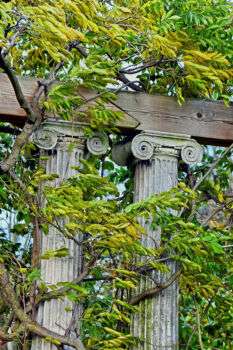
Image source: https://search.creativecommons.org/photos/52b0a7f4-f025-4bc8-b3e4-ceb620d5eb83 by It’s No Game
The Origin of the Ionic Order
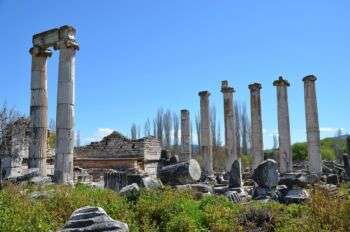
Image source: https://search.creativecommons.org/photos/2a0bc8e0-1b1b-4128-93b0-e1e50297c6e7 by Following Hadrian
The Ionic Order was born in Ionia, a coastal region of central Anatolia, in the early 6th century B.C. Many Greek settlements began at that location. It is primarily identified by its capital, with its rolled-up cushion-like form on either side , which creates the distinctive volutes. Vitruvius describes it as the “combination of the severity,” of the Doric Order and “the delicacy,”of the Corinthian Order. It is possible to identify this style by the elements that derive from these two Greek, classical styles.
How to Distinguish a Ionic Building
Depending on the location and the time in which the single edifice, we can find different features within the Ionic order. The so-called “attic base,” which it is the best known, and the most common. The Romans used to shape columns, at the top and at the bottom with two torus, divided by a scotia (hollow conclave molding). These are the main features of the Ionic style:
Above the capital, it is possible to find an entablature. It is composed by a tripartite architrave, with three overlapping plates. Each one is higher and more prominent than the one that lays below.
The frieze lies on it, and often has painted representations, developed along the entire perimeter of the temple.
Vitruvius inspired renaissance architectural theorists, who also looked toward the Ionic Order and compared it to the Doric and Corinthian Orders. The Ionic is a natural Order for post-Renaissance libraries and courts of justice.
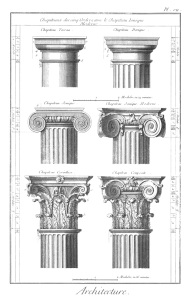
Image source: https://en.wikipedia.org/wiki/Classical_order
Ionic Temples
- The Temple of Hera, on Samos, was the first of the greatest Ionic temples. Architect Rhoikos built it between 570 and 560 BC, but stood only for a decade due to an earthquake.
- The Temple of Artemis at Ephesus was a 6th-century Ionic temple, and it was one of the Seven Wonders of the Ancient World. The Parthenon, although it conforms mainly to the Doric order, also has some Ionic elements.
- The Erechtheum and the Temple of Athena are also examples of the pure Ionic mode. They are both located on the Athens Acropolis.
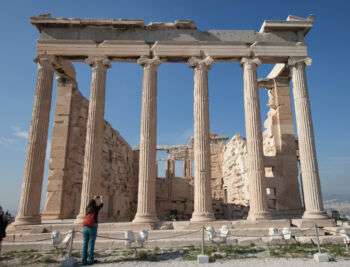
Image source: https://search.creativecommons.org/photos/8184c0a2-1bbc-4f02-b66a-94e71b035b18 by jdlasica
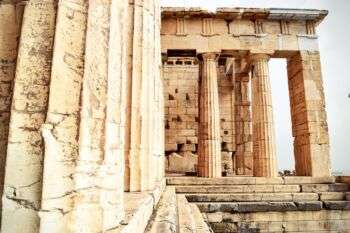
Image source: https://search.creativecommons.org/photos/a096257d-fe86-4f54-8dd6-4f97440aebb7 by Weekend Wayfarers
Modern Examples of Ionic Styles
There are many buildings embodying Ionic style’s features: the Cathedral of Treviso and the Crystal Palace in Madrid. These structures are the reason why everyone considers Ionic Style a Classical one.
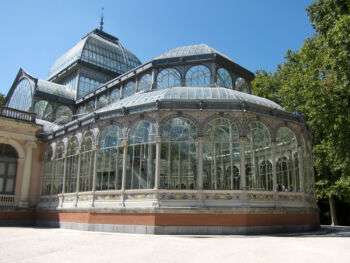
Image source: https://search.creativecommons.org/photos/1c4c55c6-6b49-4e04-843b-ee92e62b939b by davidjlee
Info source: https://www.thoughtco.com/what-is-an-ionic-column-177515
